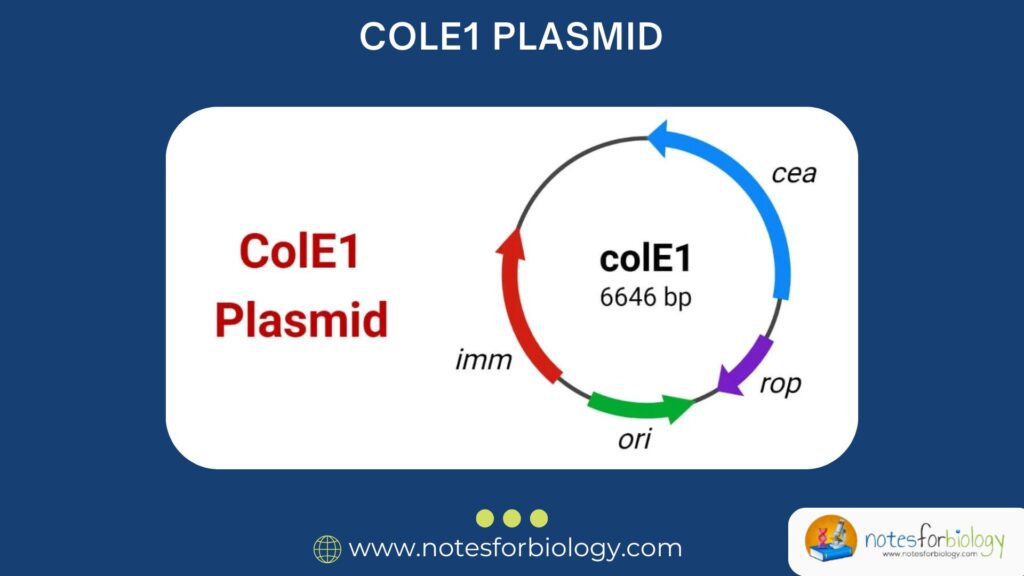Competition Interaction
Introduction Competition interaction is a type of biological interaction where two or more organisms or species struggle to gain access to the same limited resource, such as food, water, shelter, light, space, or mates. In nature, all living organisms interact with one another in many different ways. One of the most common and crucial types […]










